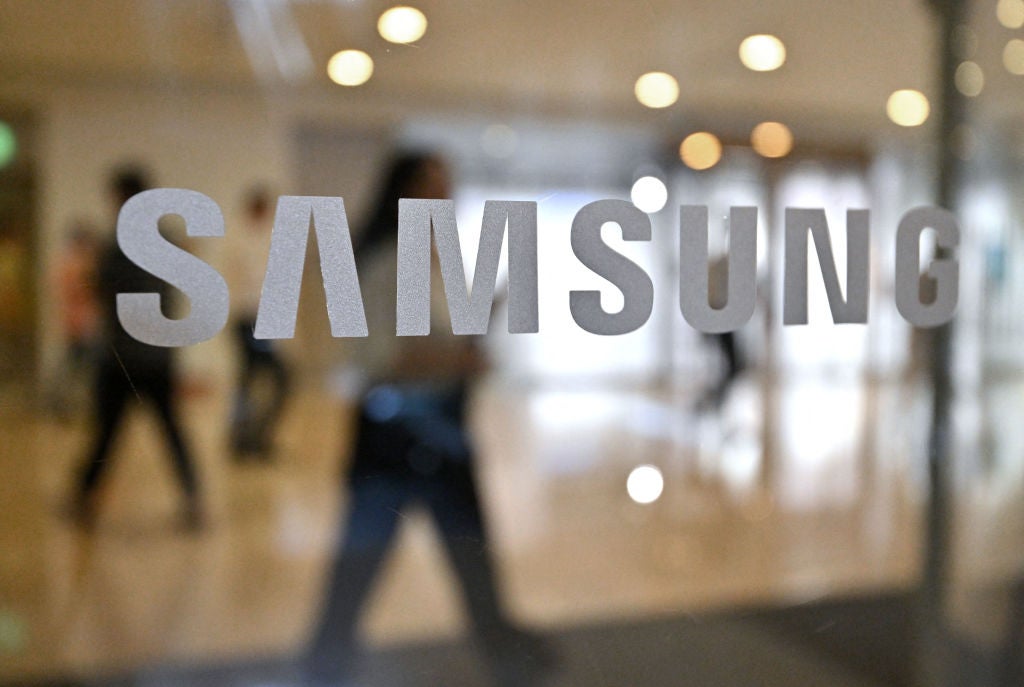
On Friday (5 July), Samsung said its operating profit for the April–June quarter is projected to be around 10.4trn won ($7.45bn), a 1,452.2%, or 15-fold, increase from the 670bn won it achieved in 2023.
Samsung also anticipates revenue of between 73trn and 75trn won for the second quarter (Q2), an increase from its 2023 Q2 revenue of 60.01trn won.

Access deeper industry intelligence
Experience unmatched clarity with a single platform that combines unique data, AI, and human expertise.
In the past year, Samsung, the world’s largest memory chip maker, has seen a recovery in memory chip prices. The company posted record losses in 2023 as the industry emerged from the pandemic with low demand for electronics and memory chips.
Memory chip prices have increased from approximately 13% to 18% in Q2 2023. Samsung’s memory chips are used in numerous Samsung products such as computers and smartphones.
The AI chip market is estimated to be worth more than $116bn by 2030, according to GlobalData’s executive briefing on AI.
By 2030, nearly 30% of the global chip market is predicted to be made up of AI chips, according to GlobalData.

US Tariffs are shifting - will you react or anticipate?
Don’t let policy changes catch you off guard. Stay proactive with real-time data and expert analysis.
By GlobalDataSamsung plans to unveil its Q2 statistics on 31 July.
In June, Samsung said its contract manufacturing business would offer a one-stop shop for AI chips by integrating its memory chip, foundry and chip packaging services in a bid to become market leader in AI chip delivery.
The chip manufacturer claimed it can create AI chips up to 20% faster by having clients working with a single channel of communication for all of the manufacturing teams at once.
South Korea-based Samsung’s plan to integrate its chip supply chain anticipates growth in demand for AI chips and the need for all chip parts to be closely unified to train large swathes of data.







